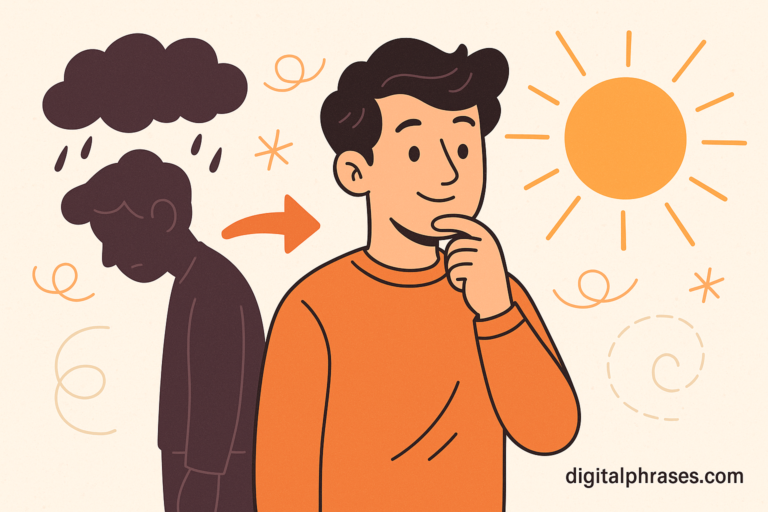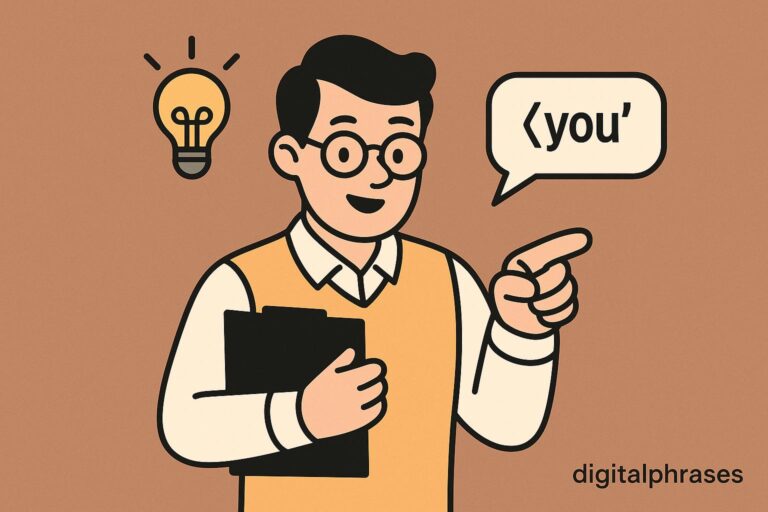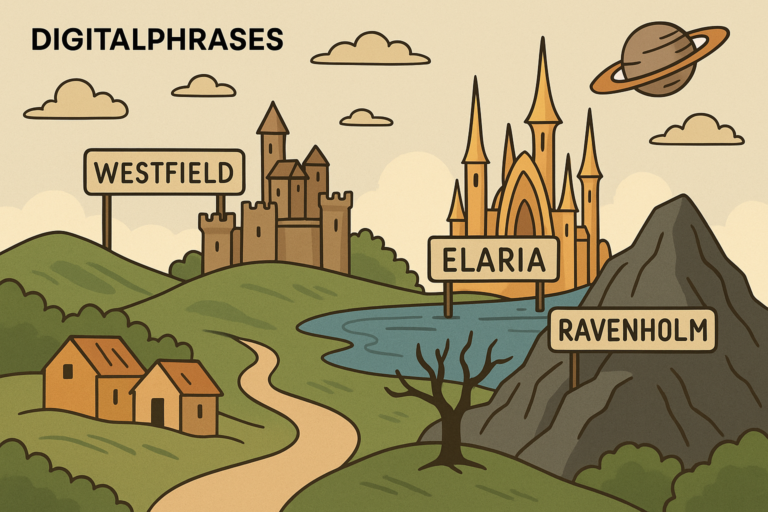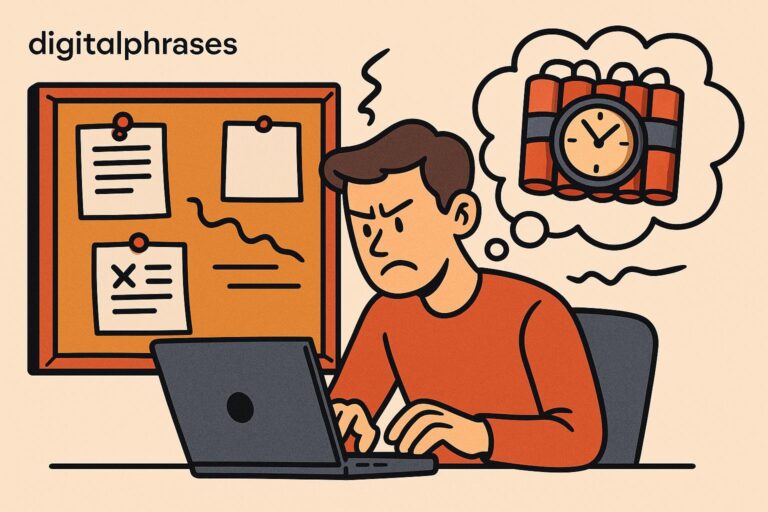Amy Dunne From Gone Girl: Villain, Victim, or Anti-Hero?
Amy Dunne is the kind of character who forces you to rethink everything you think you know about villains, victims, and the messy space in between. I’ve gone down the Amy rabbit hole more times than I can count, and the question that still gets under my skin is this: is she evil, exploited, or just operating on a different moral frequency entirely?
This post isn’t about giving you a neat label for her. That’s too easy—and frankly, too lazy for a character this layered. Instead, I want to dig into how Amy resists categorization through the lens of narrative structure, gender expectations, and psychological archetypes.
We’ll unpack her as villain, victim, and anti-hero, but not in a “pick one” way. Think of it more like building a character map where contradictions are part of the blueprint.
And let’s not pretend she exists in a vacuum—Amy’s DNA has bits of Lady Macbeth, Medea, and Lisbeth Salander in it, but she’s also uniquely post-2010: curated, media-savvy, and weaponizing tropes that usually get women silenced.
So, let’s not decide who she is—let’s see what she does. That’s where the real story is.
Amy as Villain — Constructed Malevolence
Let’s start with the version of Amy that most casual viewers latch onto first: the cold, calculating sociopath. And to be fair, there’s no shortage of evidence for this take.
She disappears deliberately, stages an elaborate crime scene, manipulates both the media and law enforcement, and ultimately commits murder—all while maintaining that unnervingly calm poise.
But here’s the kicker: her villainy isn’t just about what she does—it’s about how expertly she performs it.
What fascinates me is that Amy’s villainy is constructed with precision. She’s not impulsive like your average cinematic femme fatale. Her brand of evil is intellectual, strategic, and performative—almost theatrical in how it unfolds. Think of it less like chaos and more like a perfectly choreographed psychological ballet.
Where Amy’s Villainy Gets Real:
- The Diary: A fake but meticulously convincing record that plays directly into public biases around “the abused wife.” This isn’t just deception—it’s a meta-narrative weapon, designed to manipulate audience perception inside the story and outside of it.
- The Crime Scene: She knows what evidence law enforcement will look for, and she plants it all with surgical precision. This isn’t just foresight—it’s a commentary on how formulaic crime investigation tropes can be.
- Desi Collings’ Death: Yes, she was escaping captivity. But the method—seduction followed by a grotesquely choreographed murder—suggests Amy isn’t reacting to danger, she’s asserting narrative control.
There’s a strong case to be made that Amy reflects classic villain archetypes—but in a specifically gendered form. She’s got the manipulative cunning of Iago, the revenge-fueled rage of Medea, and the theatrical flair of Tom Ripley.
But unlike them, she’s navigating a world where a woman’s power is almost always framed as either derivative or dangerous. So she leans into that danger. On purpose.
Relevant Psychological Lens: The Dark Triad
Amy hits all three traits:
- Machiavellianism: Strategic manipulation of others, especially through media.
- Narcissism: A meticulously curated image (the “cool girl,” the perfect wife, the victim).
- Psychopathy: Emotional detachment, lack of remorse, calculated cruelty.
And yet, even with all this, I find it too reductive to call her a pure villain. Villains don’t usually write your favorite monologue, and hers—the “cool girl” speech—is too self-aware to be dismissed as evil for evil’s sake.
Here’s the twist: Amy doesn’t just commit villainous acts. She constructs a villain that people expect, one they can easily digest and hate. That’s why it works. She’s not just a character in a story—she’s directing the entire thing.
And that level of authorship? That’s not just dangerous. It’s uncomfortably brilliant.
Amy as Victim — Reclaiming Narrative Agency
So let’s flip the script. While Amy Dunne is often dismissed as a sociopathic puppet master, there’s a quieter, more unsettling reading: what if she’s the product of a lifetime of being exploited, ignored, and overwritten? Not a monster by nature, but by design?
I’m not saying Amy’s blameless—not even close. But if we want to engage with her complexity, we have to acknowledge the systems that shaped her.
Gillian Flynn didn’t create a woman who snapped out of nowhere.
She created a woman whose entire identity had been authored by others—parents, partners, publishers—and who finally decided to take the pen back. Her choices are horrifying, sure. But the why matters just as much as the what.
Let’s walk through the moments in the story that make it impossible to ignore Amy’s victimhood, not just emotionally, but structurally.
1. “Amazing Amy” and the Trauma of Fictional Perfection
Before she was Gone Girl, she was Amazing Amy—the fictionalized version of herself her parents created and sold to the world.
- Every milestone in Amy’s childhood was rewritten in the books to show a better version of her. Real Amy quit cello? Amazing Amy became first chair. Real Amy lost a friend? Amazing Amy made a new bestie.
- This wasn’t just performance pressure—it was identity erasure. Amy learned early that being herself wasn’t enough. Worse, she was always being compared to a lie crafted in her own image.
That’s not just overbearing parenting. That’s conditioning. That’s years of internalized failure, of feeling replaceable, of being turned into intellectual property. It’s not hard to see how this planted the seeds of a woman who later says, “I won’t be punished for not being a fiction.”
2. The “Cool Girl” Rant as a Manifesto of Performed Femininity
This one’s already been meme-ified and quoted to death, but it’s still one of the most pointed critiques of modern femininity in fiction.
- Amy rails against the idea that women have to perform for male validation—liking what men like, laughing at the right jokes, eating junk food but staying thin, having no needs but all the sex drive.
- She admits she became “Cool Girl” to catch Nick, and that it wasn’t sustainable.
Here’s the tragedy: Amy’s real crime is believing that she had to disappear to be loved.
When the performance ended, Nick lost interest—and that snapped something inside her. We’re not just talking about relationship betrayal; we’re talking about the emotional cost of social conformity.
3. Nick’s Infidelity and Emotional Neglect
This is where it gets uncomfortable, because a lot of readers (and viewers) want to pin Amy’s breakdown entirely on Nick cheating. But again, it’s more layered than that.
- Nick didn’t just cheat—he betrayed Amy with a younger, simpler version of the same performance she had exhausted herself to maintain.
- He also checked out emotionally long before the affair, dismissing Amy’s feelings, resenting her intelligence, and treating her like an accessory to his midlife crisis.
Was Amy a good partner?
Not always.
But Nick’s neglect wasn’t just about sex—it was about erasing Amy’s subjectivity. And that’s the throughline of her victimhood: the world keeps telling her she isn’t real.
4. Public Scrutiny, Media Narratives, and the Spectacle of Female Suffering
Amy doesn’t just manipulate the media—she understands it intimately. She knows how women are portrayed, consumed, and discarded by it. And that’s because she’s been that product her whole life.
- When she disappears, she becomes a national obsession. When she returns, she becomes a national pariah. No in-between.
- Her image is shaped by male police officers, media pundits, her husband, and even her parents—everyone except herself.
This mirrors real-world media treatment of missing women, “perfect victims,” and tabloid morality. And Amy plays that system like a virtuoso.
Is it manipulative?
Absolutely. But it’s also survival.
5. The Systemic Invisibility of Women’s Rage
This one might be the most important. Amy is furious—and her fury is the result of years of invalidation, dehumanization, and dismissal.
But women’s anger is often pathologized. It’s either hysteria or psychosis, nothing in between.
Amy takes that double standard and weaponizes it. She knows the world doesn’t know what to do with female rage that’s articulate, organized, and effective. And instead of softening herself, she doubles down.
That’s why she’s terrifying. But also why she’s powerful.
So, Victim? Yes—but not passively.
Amy isn’t a victim in the traditional sense.
She doesn’t cry for help, she doesn’t wilt. She turns the trauma inward, processes it through strategy, and fires it back at the world in weaponized form.
That’s what makes her dangerous. But it’s also what makes her fascinating. Amy Dunne doesn’t want your sympathy.
But she does demand your attention. And in a world that’s spent her whole life looking through her, that’s the most radical thing of all.
Amy as Anti-Hero — Subversion, Survival, and Strategic Immorality
If we accept that Amy isn’t just a villain or a victim, we end up somewhere way more interesting: anti-hero territory.
And honestly, this might be where she fits best—not because it redeems her, but because it refuses to flatten her. Amy doesn’t ask to be liked. She’s not morally “good” by any conventional metric.
But she does operate with purpose, agency, and an unrelenting internal logic—and that puts her in the same league as some of the most iconic anti-heroes in fiction.
What separates Amy from traditional female leads is that she’s not aspirational. She’s not there to be a role model. Instead, she demands that you confront the double standards baked into how we treat flawed men versus flawed women.
We’re totally fine with watching Walter White dissolve a guy in acid or Don Draper lie his way through existential despair—but Amy Dunne fakes a pregnancy and suddenly she’s “too much”?
That hypocrisy is part of the point.
And no, she’s not simply “crazy” or “psycho” (the two laziest adjectives slapped onto complex women in pop culture).
Amy is rational, brutal, and often terrifyingly correct in her analysis—even if her actions go completely off the moral rails.
What Makes Amy an Anti-Hero?
Let’s break it down. These aren’t excuses. They’re character traits that slot her into a long tradition of morally ambiguous protagonists:
- Self-awareness over likability
Amy knows exactly how she’s perceived, and she uses it. She doesn’t care if you like her—she cares if you believe her story. - Ends justify the means
Every horrifying move she makes has a purpose. There’s no chaos for chaos’s sake. She doesn’t burn it all down—she rebuilds it in her own image. - Operates within broken systems
She doesn’t invent the misogyny or media frenzy. She exploits it, which is arguably more dangerous—but also more revealing. - Invites complicity
There are moments you catch yourself rooting for her. Or at least admiring her. That’s the hallmark of a good anti-hero: they drag you into the moral gray zone with them.
Amy also flips the script on what power looks like in a female character.
She’s not powerful despite her flaws—she’s powerful because of how she uses them. In a narrative culture that usually gives men the monopoly on ambition, aggression, and control, Amy’s presence feels transgressive. It’s a challenge. A dare.
She weaponizes performance in a way that mirrors how society pressures women to “play roles” every day.
The good wife.
The cool girl. The victim.
Amy learns those scripts and then breaks them from the inside out.
And look, no one’s saying Amy Dunne is someone to emulate. But to dismiss her as “evil” or “insane” misses the entire point.
She’s an indictment of the boxes we put women in, and a critique of the media, justice system, and relationships that reinforce them.
That’s why Amy lands in anti-hero territory for me. Not because she’s redeemable—but because she forces us to reckon with the uncomfortable. She’s not here to be punished or forgiven.
She’s here to show us what happens when a woman stops playing by the rules that were never designed to protect her.
And honestly?
That might be the most subversive thing about her.
So… Who Is Amy Dunne, Really?
After all that, maybe the real trick Amy pulls isn’t faking a murder or rewriting the media narrative—it’s making us look at her and realize we can’t quite decide what we’re seeing.
She’s a villain, sure—but also a woman shaped by impossible standards. She’s a victim of other people’s stories, and a ruthless author of her own. She’s not likable, but she’s unforgettable.
And in a culture obsessed with moral clarity, that kind of character isn’t just rare—it’s uncomfortable.
But maybe that discomfort is the point.
Amy Dunne forces us to hold conflicting truths at once.
And maybe that’s why she lingers. Not because we know what she is, but because we know we’ll never fully agree on it.
So here’s the question I’ll leave you with:
If Amy Dunne were a man, would we even be having this debate?






